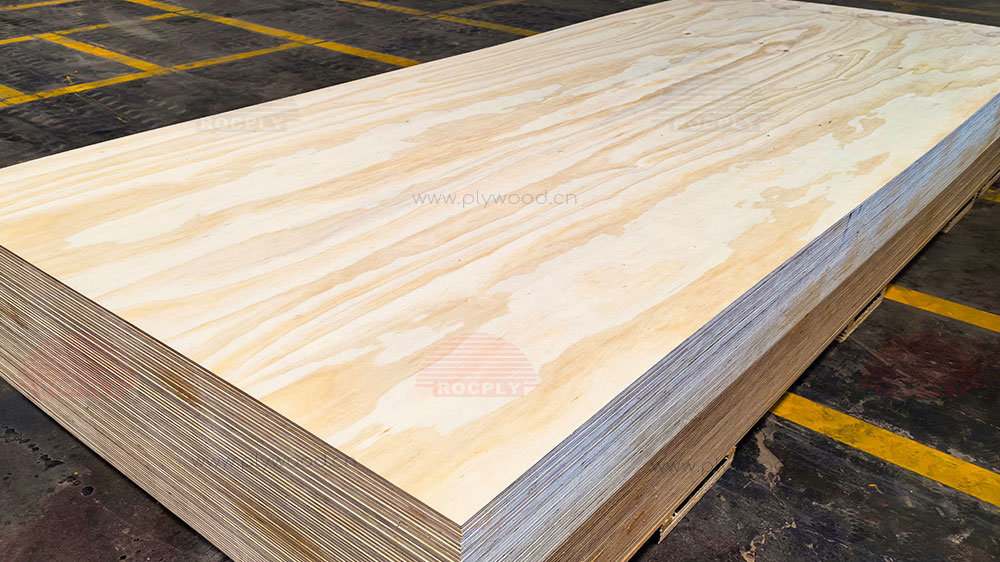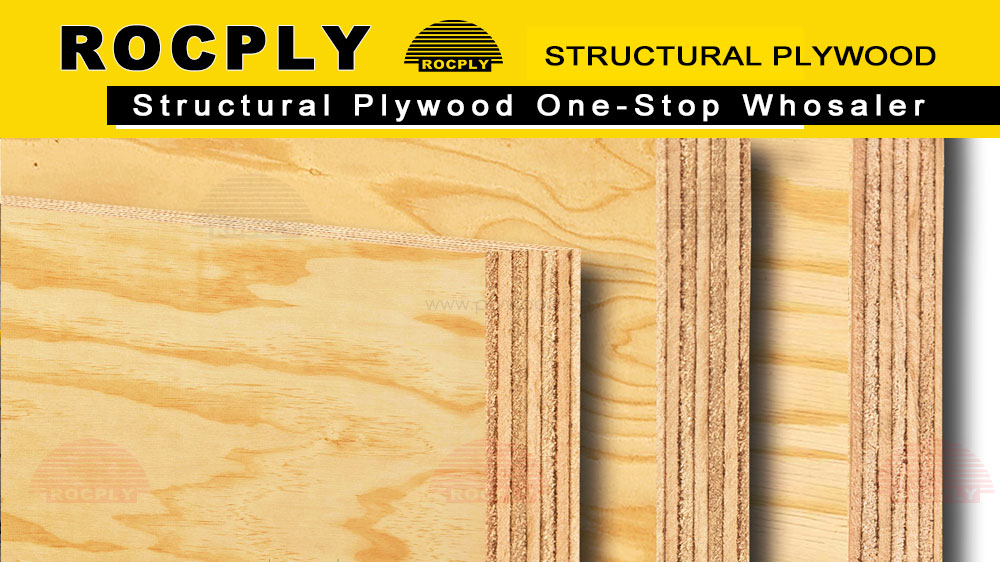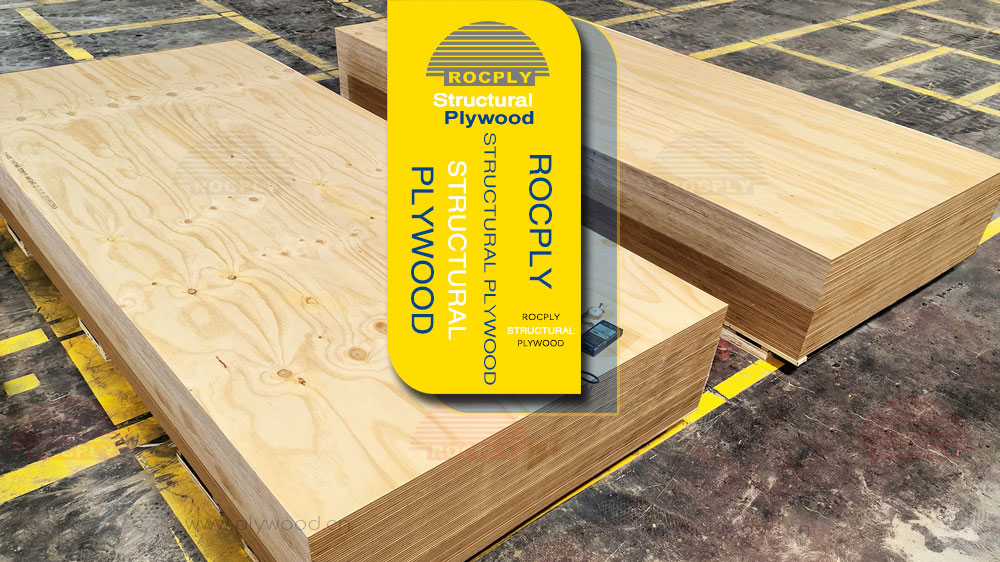Flooring Plywood: A Versatile Flooring Option
Flooring plywood is a widely used building material in construction. It is commonly applied as a subfloor or underlayment layer. Both residential and commercial properties benefit from its versatility.
This material is valued for its strength and stability. It provides a firm foundation for various flooring types. Flooring plywood is made by layering thin wood veneers. These veneers are glued and pressed together in a cross-grain manner. This manufacturing process enhances its durability and resistance to warping
This unique composition results in a product that resists warping and provides lasting durability. Flooring plywood is also available in several types to cater to different needs, including engineered, structural, and hardwood variations.
When it comes to flooring solutions, choosing the right plywood type is crucial. It ensures a perfect balance of strength, cost-effectiveness, and long-lasting performance. Different types of flooring plywood offer unique advantages. Engineered plywood and structural plywood are two common options. Comparing these types helps builders and homeowners make informed decisions. Each type has specific qualities suited to various needs. This will explore these options in detail. It will help determine the best flooring ply for different requirements. Understanding these differences is key to selecting the right material for any project.
Choosing the Best Flooring Plywood for Your Needs
Engineered Plywood: Strength with Versatility
Engineered plywood is widely regarded as one of the most durable types of flooring plywood available. Created by binding wood veneers together using a high-quality adhesive, it boasts excellent resistance to warping and moisture damage. This makes it ideal for areas like bathrooms and kitchens where damp conditions are common. Engineered plywood is also known for its consistency in size and appearance, offering both practicality and aesthetic value.
Compared to other types of flooring plywood, engineered plywood provides an excellent balance between durability and flexibility. It is capable of withstanding heavy foot traffic without losing its form or structural integrity, making it a prime choice for busy households or commercial settings.
Plywood Flooring Sheets: Cost-Effective Subfloors
Plywood flooring sheets are commonly used as a subfloor material, providing a strong and level base for various types of flooring, including tiles, laminate, and carpet. One of the biggest advantages of plywood flooring sheets is their cost-effectiveness. They offer a budget-friendly solution without compromising on strength and durability. Their wide availability also means that homeowners and builders can access this flooring plywood type with ease.
Plywood F11 flooring sheets are typically made from either softwood or hardwood veneers, and their quality varies based on the grading. Higher-grade sheets ensure better performance, especially in terms of strength and moisture resistance. Builders often prefer plywood flooring sheets for new constructions and renovations due to their affordability and easy installation.
Structural Plywood: A Load-Bearing Hero
When considering flooring plywood for load-bearing purposes, structural plywood stands out as the ideal choice. Structural plywood is engineered to meet stringent performance criteria, making it a reliable option for use in floors that need to support significant weight. It is made from strong wood species, and each panel undergoes rigorous testing to ensure it meets the necessary structural requirements.
Structural plywood is suitable for use in both residential and commercial projects, particularly when additional support is required. Its load-bearing capabilities and durability make it the go-to option for projects where safety and stability are priorities.
Hardwood Plywood: The Aesthetic Choice
Hardwood plywood provides excellent strength and an attractive finish. This makes it a popular choice for visible flooring applications. It combines durability with visual appeal, offering both functionality and style.
Unlike standard subfloor plywood, hardwood plywood has a high-quality veneer. This veneer is made from wood species like oak, maple, or birch. The result is a surface that is both functional and aesthetically pleasing. It enhances the overall look of any flooring project.
Hardwood plywood is used when the visual appeal of flooring is essential. It is often installed in areas where additional finishing will be applied, such as with stains or varnishes, allowing it to add warmth and character to the space. In addition to its appearance, hardwood plywood has excellent resistance to wear, making it suitable for high-traffic areas.
Underlayment Plywood: Creating a Smooth Surface
Underlayment plywood is typically installed over subfloors to create a smooth and level surface for the final floor covering. It serves an essential role in flooring systems by ensuring that the top layer—be it vinyl, laminate, or tiles—remains even and free from imperfections. This type of flooring plywood is particularly useful when dealing with soft flooring materials that require extra stability.
Underlayment plywood can also help to reduce noise, prevent moisture migration, and add an extra layer of insulation. It provides a solid foundation that helps prolong the life of the flooring material placed above it.
Subfloor Plywood: The Foundation of Stability
Subfloor plywood forms the foundation for any floor project, providing a stable base on which the final flooring material is laid. It is typically made from softwood and is designed to handle heavy foot traffic while providing a smooth, level surface. Properly installed subfloor plywood can make a significant difference in the overall durability and longevity of the flooring system.
Subfloor plywood plays a vital role in construction projects. It provides support for the final flooring material. Additionally, it helps distribute weight evenly across floor joists.
This type of flooring plywood is often treated for added protection. The treatment helps it resist moisture and rot. This feature is especially important in damp or humid areas. Subfloor plywood ensures durability and stability in such environments.
FAQs on Flooring Plywood
Q: What is flooring plywood used for?
A: Floor plywood is used as a subfloor, underlayment, or finished surface in various floor systems to provide stability and strength.
Q: Which type of plywood is best for flooring?
A: The best plywood for floor depends on the project. Engineered plywood is ideal for durability, while structural plywood is best for load-bearing applications.
Q: Can hardwood plywood be used as a flooring material?
A: Yes, hardwood plywood can be used as a floor material, especially in areas where appearance is important. It provides both strength and an attractive finish.
Q: Is underlayment plywood necessary for all flooring types?
A: Underlayment plywood is not always necessary, but it is recommended for soft flooring materials like vinyl to create a smooth and level surface.
Q: How is structural plywood different from other types of flooring plywood?
A: Structural plywood is designed for load-bearing purposes, meeting specific standards to ensure it can support weight and provide stability.
Post time: Jan-15-2025




